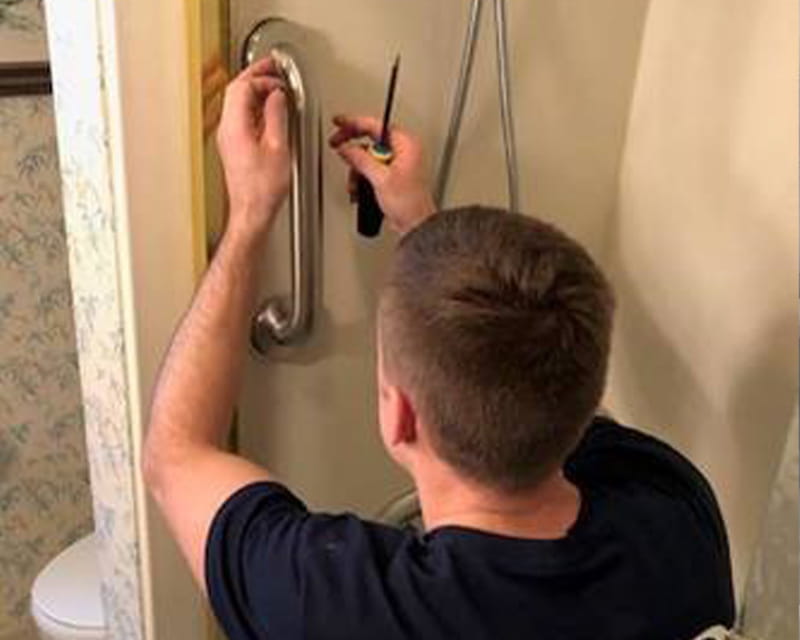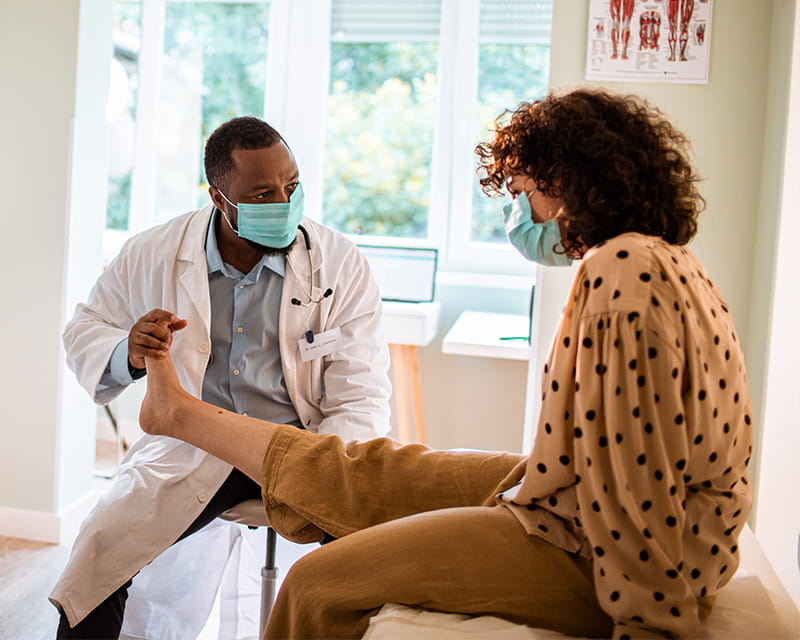
improving patient care
 Conventional hip or knee replacement surgery can sideline patients for months. The orthopedics team at The Ohio State University Wexner Medical Center has developed a system that allows patients to get home quickly — often in the same day — and back to their regular activities in a few weeks. It’s called rapid recovery, and most hip and knee replacement patients can benefit.
Conventional hip or knee replacement surgery can sideline patients for months. The orthopedics team at The Ohio State University Wexner Medical Center has developed a system that allows patients to get home quickly — often in the same day — and back to their regular activities in a few weeks. It’s called rapid recovery, and most hip and knee replacement patients can benefit.
“We have a few different protocols to match each patient, and we tailor the treatment to each specific patient’s needs, goals and medical history,” says orthopedic surgeon Nicholas Greco, MD. “We usually aim to get them back to work and recreational activities within six weeks.”
Most patients having total or partial knee replacement or total hip replacement are candidates for rapid recovery. The team is careful to use surgical procedures that minimize cutting muscle whenever possible.
“I try to focus on doing partial knee replacement whenever suitable, and then for the hips, we really try to do direct anterior hip replacement approach,” Dr. Greco says. “We use mainly a surgical plane that splits the muscle without really having to cut much muscle, as was conventionally done with a posterior total hip replacement.”
Most patients don’t need general anesthesia, and some can go home the same day.
“We focus on the use of spinal anesthetic and regional nerve blocks, and try to stay away from using general anesthesia,” Dr. Greco says. “We also try to limit the amount of narcotic medicine required with the surgery, and that allows patients to recover more quickly.”
Once home, patients begin a home-based program of basic physical therapy and focus on minimizing swelling. Dr. Greco says this home-based approach during the first week is key.
“Taking a step back and just doing some basic physical therapy at home and limiting the amount of swelling allows the patients to really get more active in the second week,” he says. “That helps them jumpstart to recovery, so they don't get behind.”
Every patient is different, with widely varied activity levels and goals, so the team works closely with each individual to create a healing and recovery plan.
“We try to really focus on the patient and their goals, whether it's work, recreational activity or daily activities around the house, and then we also take into account their medical and anesthesia history,” Dr. Greco says. “We have a few different methods to get each patient recovered quickly, and we adapt these methods to fit each individual patient.”